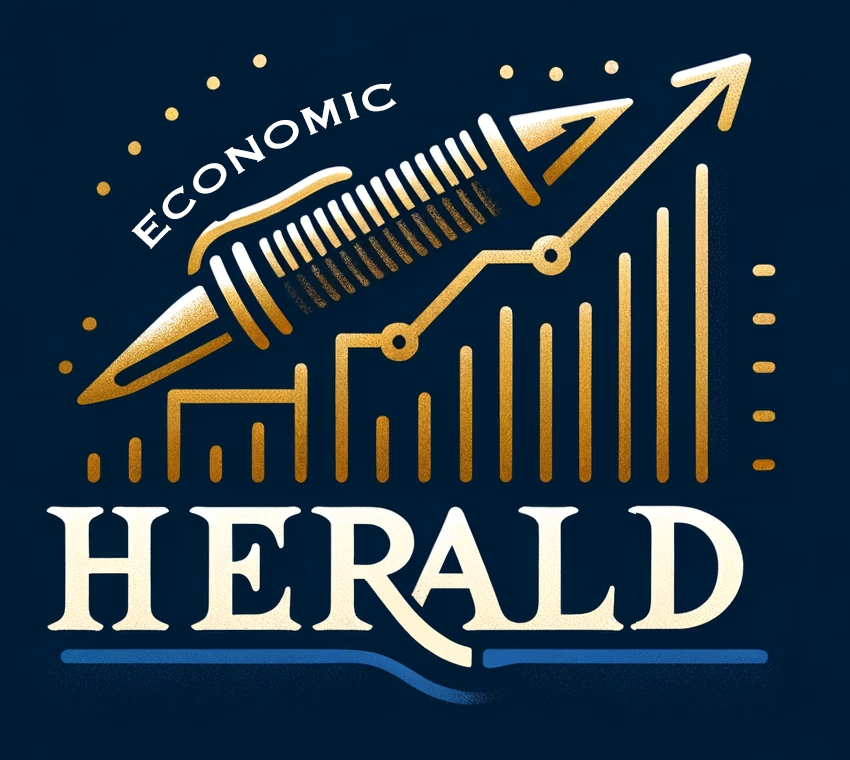PMI slips to 50.3 as factory momentum stalls
Global manufacturing remained barely in expansion territory in March, with the Global Manufacturing PMI dipping to 50.3 from 50.6 in February, according to the latest data compiled by S&P Global and sponsored by J.P. Morgan. The report points to a global factory sector struggling to build momentum despite modest improvements in economic conditions over the past three months.
All PMI components contribute to slowdown
Each of the PMI’s five components—production, new orders, supplier delivery times, employment, and inventories—either dragged or offered limited support in March. Growth in production and new orders slowed to marginal levels, while employment and input inventories declined slightly. Supplier delivery times, a previous source of uplift, also contributed less this month.
Production loses steam despite Q1 gains
While factory output rose for the third month in a row, growth slowed compared to January and February. Overall, the first quarter marks the strongest since Q2 2023, but the expansion is still modest—equivalent to a global annualized growth rate of just under 1%. Momentum faded notably into March.
Sharp regional contrasts emerge
Factory trends diverged widely by region:
- Japan and UK: Suffered their steepest production declines in 12 and 17 months, respectively, amid falling demand and exports.
- US: Output slipped into contraction following early-year growth, with firms citing waning effects from tariff front-loading and slowing domestic orders.
- Canada and Mexico: Both saw significant output drops, driven by plunging export orders—Mexico’s worst since March 2021.
- Eurozone: Factory output rose for the first time in two years on improved domestic demand and a softening in export losses.
- Mainland China: Production hit a four-month high, with export orders up for an 11-month peak.
- Rest of Asia: Continued robust expansion, with Q1 export order growth at its highest since mid-2021.
Input costs surge in US, moderate elsewhere
Manufacturers in the United States reported the sharpest rise in input costs since August 2022, driven by suppliers hiking prices due to tariffs and rising wage pressures. Meanwhile, input cost inflation moderated elsewhere, with mainland China even seeing slight declines due to competitive pricing amid weak demand.
Tariff fears weigh on sentiment
Although March data preceded President Trump’s April tariff announcements, business sentiment deteriorated globally amid widespread uncertainty. Optimism fell to its lowest since December, with concerns over protectionism and retaliatory tariffs dominating outlooks.
Key sentiment trends:
- US: Confidence declined but stayed slightly above average, with firms nervous about inflation and tariffs.
- Eurozone: Sentiment improved, supported by hopes of regional recovery.
- UK, China, Asia (ex-Japan/China), Japan: All saw sentiment fall below long-term averages, with the UK outlook now alarmingly low.





















